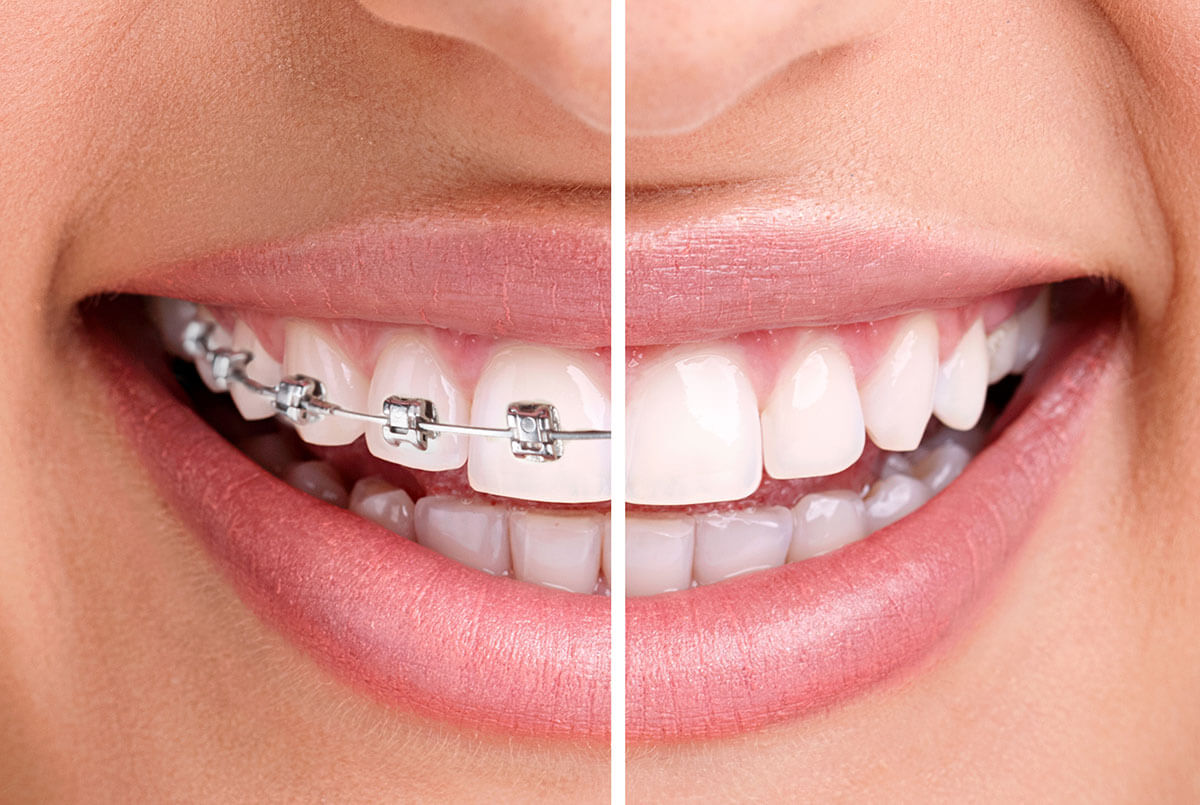Many adults with malocclusion—a misalignment of the teeth or jaw—hesitate to seek treatment due to concerns about traditional braces. However, modern dentistry offers several alternative methods to correct malocclusion without relying on brackets and wires. These options focus on discretion, comfort, and effectiveness, ensuring that adults can achieve a functional and aesthetically pleasing bite without compromising their lifestyle.
Understanding Malocclusion in Adults
Malocclusion can manifest in various forms, such as overbites, underbites, crossbites, or crowding. Left untreated, it can lead to:
- Difficulty in chewing or speaking.
- Excessive wear on teeth.
- Jaw pain or temporomandibular joint (TMJ) disorders.
Non-Brace Options for Adult Malocclusion Correction
1. Clear Aligners
Clear aligners, such as Invisalign or other brands, have revolutionized adult orthodontics. These custom-made, removable trays gradually move teeth into proper alignment.
Benefits:
- Discreet: Nearly invisible when worn.
- Convenient: Can be removed for eating, brushing, and flossing.
- Comfortable: Smooth edges minimize irritation.
How It Works:
- A digital scan of your teeth is taken to create a series of aligners.
- Aligners are changed every 1-2 weeks to adjust the position of teeth.
- Treatment typically lasts 12-18 months, depending on severity.
2. Bite Adjustment with Reshaping or Contouring
In cases of minor malocclusion, dentists can adjust the bite by reshaping or contouring the enamel of specific teeth.
Benefits:
- Quick: Completed in one or two appointments.
- Non-Invasive: No need for appliances or extensive procedures.
- Effective: Provides immediate improvement for minor alignment issues.
How It Works:
- Dentists remove small amounts of enamel to adjust tooth shape.
- This process ensures a better fit when the upper and lower teeth come together.
3. Retainers
For patients with mild alignment issues or those who have experienced relapse after previous orthodontic treatment, retainers can help.
Benefits:
- Affordable: Costs less than other orthodontic treatments.
- Low Maintenance: Typically worn only at night.
How It Works:
- A custom retainer is created to maintain or shift the position of teeth.
4. Veneers or Crowns
For patients prioritizing aesthetics, veneers or crowns can mask the appearance of malocclusion.
Benefits:
- Immediate Results: Drastically improves smile appearance in just a few visits.
- Customizable: Veneers and crowns are designed to complement your unique facial features.
How It Works:
- Veneers are thin shells bonded to the front of teeth to improve alignment appearance.
- Crowns cover the entire tooth and are often used for teeth with significant damage.
5. Orthognathic Surgery (in Severe Cases)
In cases of severe malocclusion caused by jaw misalignment, surgery may be necessary.
Benefits:
- Comprehensive Solution: Corrects both functional and aesthetic concerns.
- Long-Term Results: Provides permanent improvements.
How It Works:
- The jaw is surgically repositioned, and recovery involves a period of immobilization followed by therapy.
Advantages of Non-Brace Treatments
- Discretion: Ideal for adults in professional or social settings.
- Comfort: Less invasive options with minimal discomfort.
- Flexibility: Treatments can be tailored to lifestyle and severity.
Choosing the Right Treatment
Factors to Consider:
- Severity of Malocclusion: Aligners and retainers are suitable for mild to moderate cases, while veneers or surgery may be better for severe issues.
- Aesthetic Goals: Veneers and crowns provide immediate cosmetic improvements.
- Budget: Non-surgical and minimally invasive options are typically more affordable.
Consulting a Specialist
A dentist or orthodontist can evaluate your specific needs through:
- Clinical examination.
- Digital imaging and scans.
- Personalized treatment planning.
Maintaining Results After Treatment
To ensure long-lasting results, follow these guidelines:
- Wear Retainers: Post-treatment retainers prevent relapse.
- Maintain Oral Hygiene: Brush and floss regularly to protect teeth and gums.
- Schedule Check-Ups: Regular dental visits help monitor alignment and oral health.
Addressing adult malocclusion no longer requires committing to traditional braces. Clear aligners, bite adjustments, veneers, and other innovative techniques provide effective and discreet solutions for achieving a healthy, aligned smile. By consulting a dental professional, you can explore the best options tailored to your needs and confidently take the first step toward improved oral health and aesthetics.

Leave a Reply